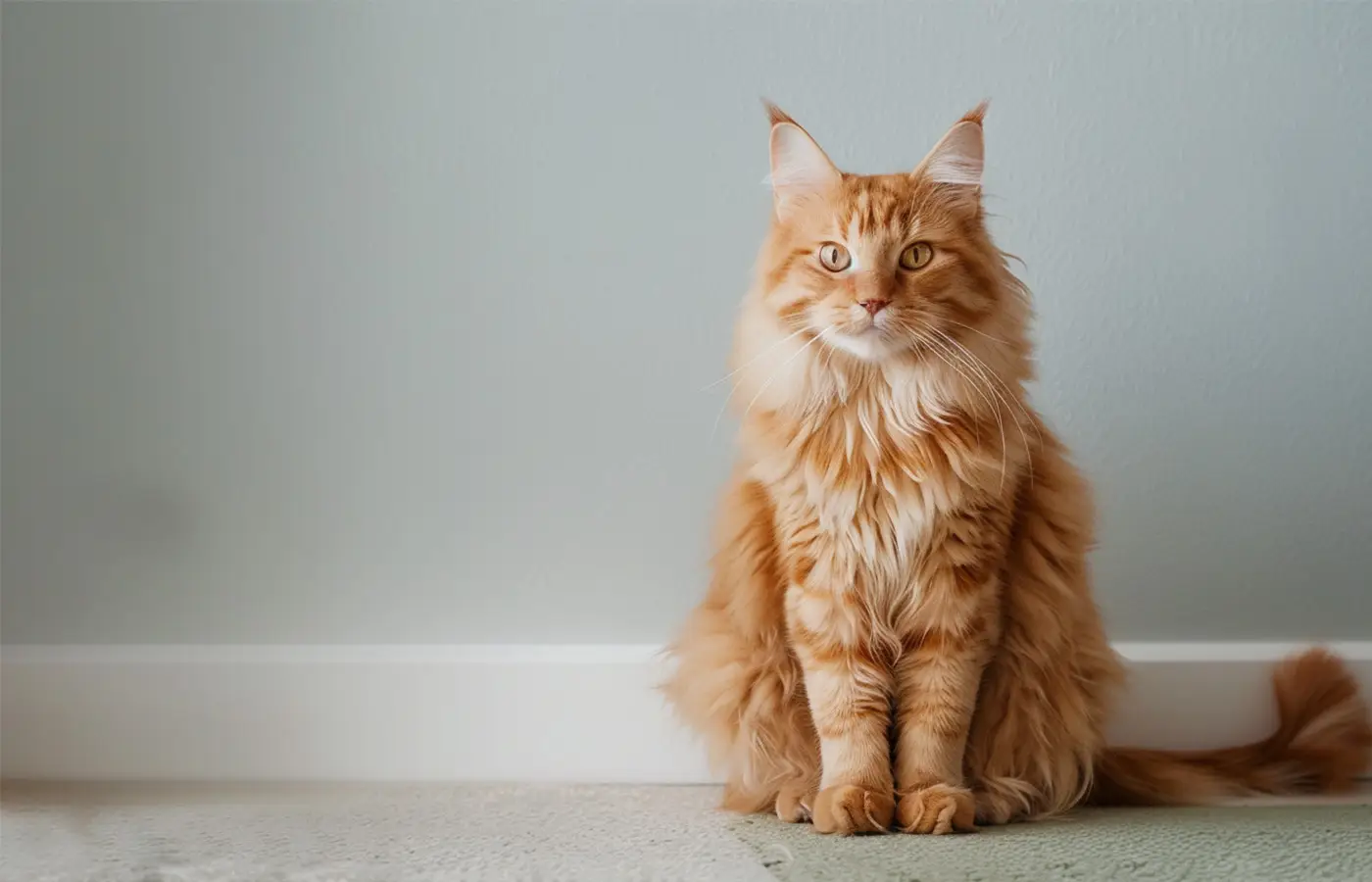6 Reasons Why Does Your Cat Stare at You And How To Respond

PHOTO: Yueke
If your cat is staring at you, there are several reasons behind this behavior.
1. Seeking attention Some cats will stare at you intently when they want attention. Once they have your attention, they may slowly blink, meow, or even roll over and rub against nearby objects. In these cases, approaching the cat can engage its attention.
2. Inviting play Some cats may crouch down, dilate their pupils, flick their tails back and forth, and stare at you. The cat staring at you might then pounce towards you, swat at your feet, or turn away before making contact. Some cats may even kick like a rabbit with their hind legs against their pet parents' legs.
Some cats will stare at their pet parents when they're hungry. When you make eye contact with them, they might vocalize and rub against you. Some cats may walk or run towards their food bowl or the area where food is kept. Others might stare at you intently while you eat, hoping for a taste of human food.
Sometimes cats stare at people, other animals, or objects out of fear. Look for other signs of fear and anxiety in a cat's body language, such as:
- Dilated pupils
- Lowered head
- Ears turned sideways or pulled back
- Crouched body
- Raised fur (piloerection)
The cat staring is watching the stimulus it's worried about. Perhaps you startled it with a loud noise or sudden movement. Or maybe it remembers a negative experience with a particular stimulus from the past.
Cats can express love by making eye contact with you and gently blinking. The act of making eye contact and slow blinking itself indicates how the cat feels about you—you make it feel safe and comfortable enough to close its eyes.
Some cats will give a slow blink before approaching you for attention.
When a cat stares at you with a steady, unblinking gaze and stiff body language, with fur raised on its back and tail, it's communicating a threat. A steady, unblinking stare is threatening to others, signaling them to back off and give the cat space; otherwise, the cat may escalate to aggression.
How you respond to your cat staring at you depends on their body language. Once eye contact is made, assess what the rest of their body is telling you:
Is the cat standing with a stiff tail and raised fur?
Are their pupils dilated?
Where are their ears positioned?
Is the cat growling or hissing?
Is the cat blinking?
If the cat appears fearful or aggressive, divert your gaze, remain still, and perhaps take a few steps back to give the cat more space. Avoid attempting to stare back, talk to, or touch the cat. Once you are at least 5 feet away from the cat, try to distract its attention by redirecting it to another object or activity—such as tossing a cat toy to the other side of the room.
If the cat is expressing affection, seeking attention, or inviting play, you can approach it and interact. You can also make eye contact with the cat and slowly blink back at it.

